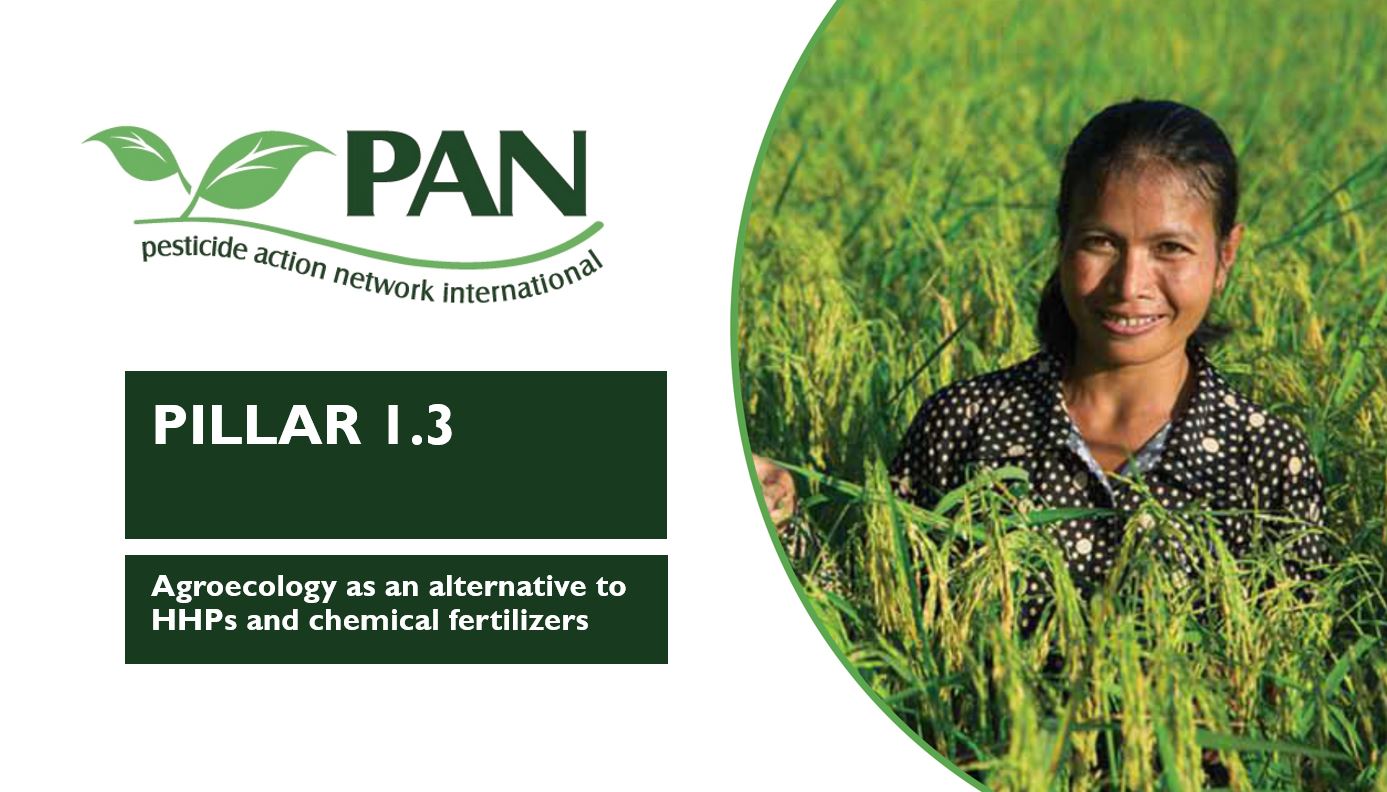Agroecology – the alternative to HHPs
The term ‘IPM’ has been interpreted in different ways by different people. In its true form it is ecosystem-based and focuses on agroecological practices, using pesticides as a last resort. However, the pesticide industry in particular has promoted a much weaker interpretation of ‘IPM’ which is based on the use of chemical pesticides.
There is now a global move away from IPM and towards agroecology. In 2015, the International Conference on Chemicals Management (ICCM5) adopted a resolution supporting concerted action on HHPs and encouraging “emphasis on promoting agroecologically based alternatives ….” Since then, the Stockholm Convention’s POPs Review Committee, the Secretariat of the Rotterdam Convention and FAO have all expressed support for agroecology.
What is agroecology?
Agroecology is based on applying ecological concepts and principles to optimize interactions between plants, animals, humans and the environment.
It is an economically viable and socially just approach to sustainable agriculture and food systems, grounded in ecological and social principles and the integration of science with local and Indigenous knowledge and practice, emphasising farming in harmony with natural cycles and processes, and the political approach of food sovereignty — including the right to produce and access nutritious and culturally appropriate food.
Agroecology today reflects the results of ongoing dynamic dialogue between farmers, scientists and social movements.
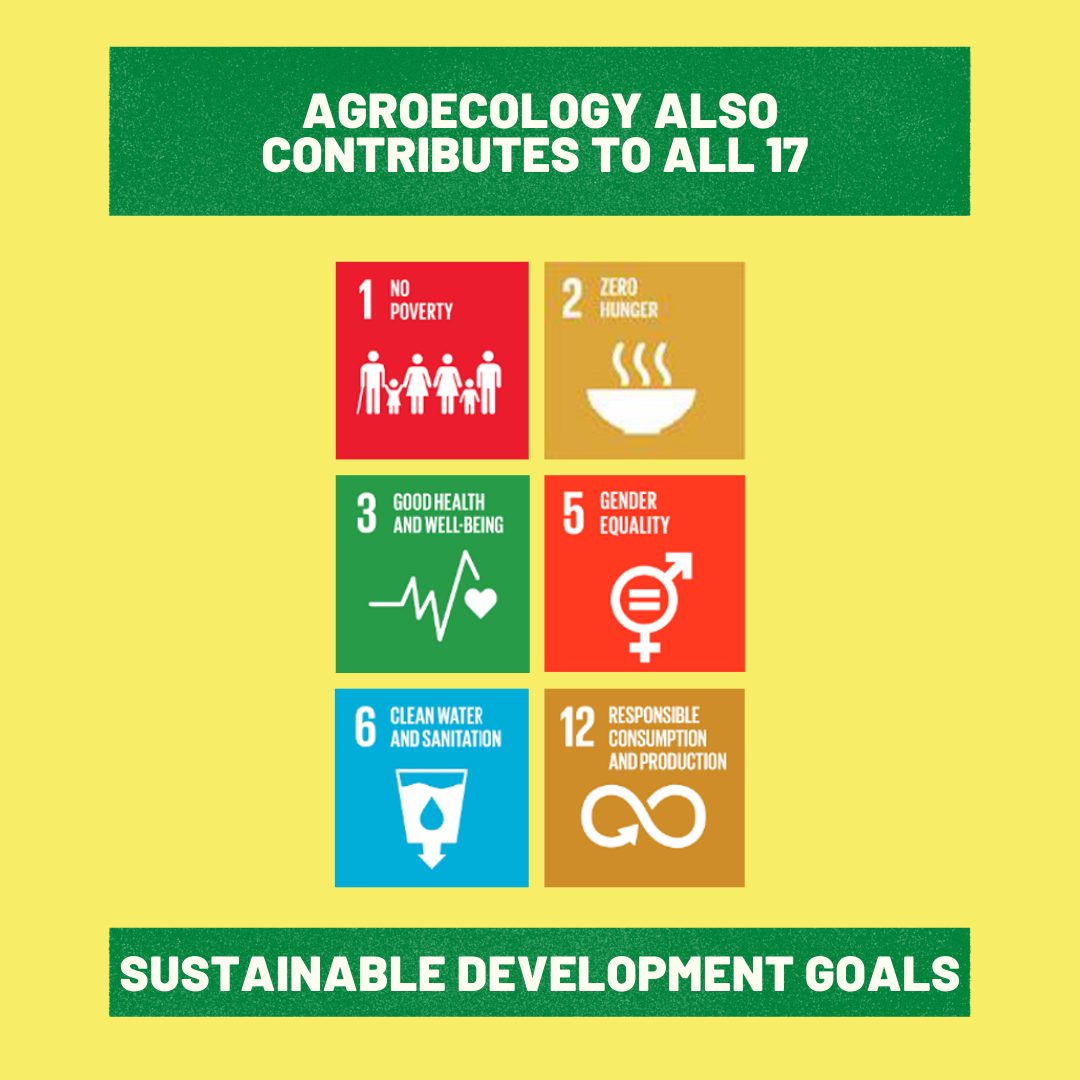
Why agroecology?
Agroecology supports farmers, farm workers, communities, countries and the environment and contributes to all 17 Sustainable Development Goals.
PAN put together five guiding principles for agroecology:
1. Put farmers first: Farmers’ knowledge of their landscape and their skills in adapting to local conditions have been honed over many generations.
2. Promote soil health, biodiversity and natural ecosystem function: Agroecology prioritises soil health as the basis of healthy agroecosystems. Healthy soils favour the growth of healthy plants, which are more resistant to pests and diseases, and produce more nutritious food. Agroecology also supports biodiversity—above and below ground, providing critical resources for a diversity of life to flourish and important ecosystem services such as pollination and biological control of pests.
3. Integrate science with knowledge and practice: Agroecology combines scientific inquiry by farmers and professional scientists, with community-based experimentation and investigation using formal and informal methods.
4. Promote complexity over simplicity: Complexity provides a high degree of resilience to system stresses such as extreme or variable weather, market fluctuations, or other perturbations—in contrast to monocultural systems that are inherently unstable and easily disrupted.
5. Minimise waste and optimises energy use: Agroecology conserves resources, reduces dependency on costly non-renewable external inputs, enhances synergies and maintains the integrity and resilience of the system. Agroecological systems consistently demonstrate higher land use efficiency than monocultures, when comparing output from the multiple components produced together (e.g. crops, animals, fibre, honey, medicinal products, etc.) with the output from single-commodity systems.
These principles reflect the elements of agroecology put together by FAO: diversity, synergies, efficiency, resilience, recycling, co-creation and sharing of knowledge (describing, human and social values, culture and food traditions, responsible governance, and circular and solidarity economy.
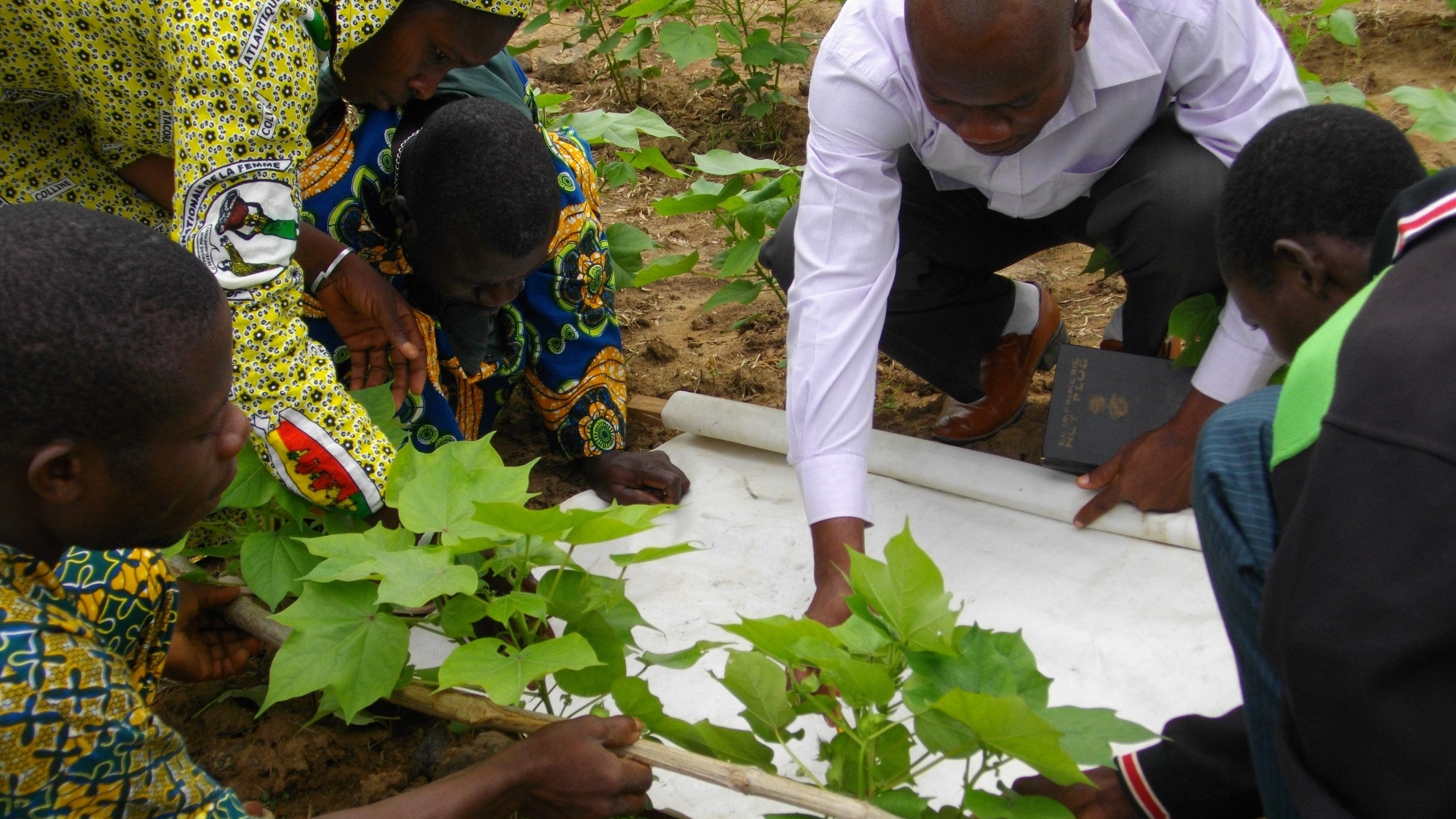
Farmers, extension officers and scientists working together to identify the most effective practices in organic cotton in Benin. Credit OBEPAB/PAN UK
Practices
There are many agroecological practices and they vary depending on the climate, soil, crop and a host of other factors, the key being to apply or develop the practices that best fit the needs of the agroecosystem, including the farmer.
HHPs can be replaced by less damaging external inputs such as biopesticides, biological controls, mating disruption and other such nonchemical approaches.
Examples:
Agroforestry to improve soil fertility and health. Building healthy soil is perhaps the single most important element of agroecology. It cannot be done by adding synthetic chemical fertilizers, which may give a short-term boost (if there is sufficient water in the soil for plant roots to be able to take them up), but at the expense of longer-term health of important soil biota.
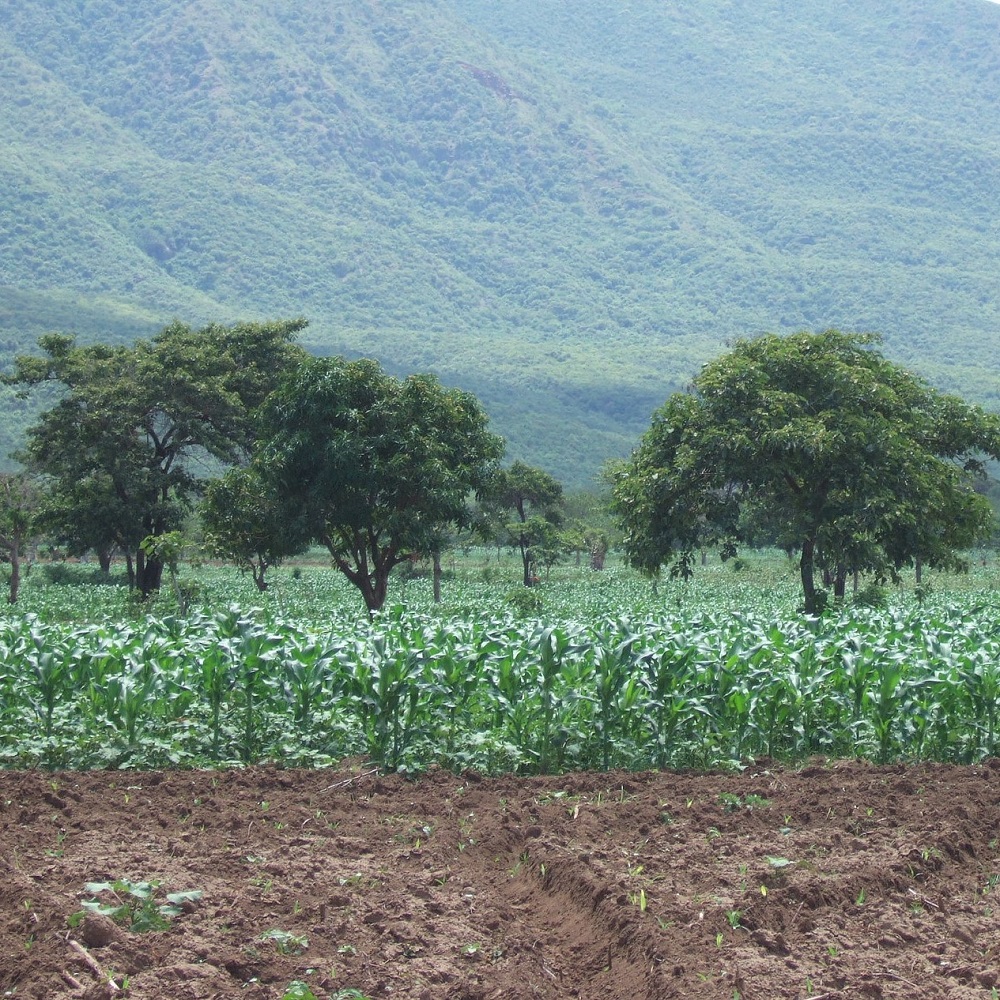
Agroforestry to manage pests and diseases. The manipulation of tree canopy density and diversity in the growing of crops such as cocoa and coffee has proven highly successful in managing pests and diseases.
Water harvesting combined with soil improvement. The traditional practice of digging zai pits in rock-hard barren land helps with growing crops in times of drought. This age-old water harvesting method has been successfully revived in Burkina Faso and Mali. The pits are filled with organic matter and attract termites; the channels they dig improve soil structure and increase water-retention capacity.
Locally adapted seeds. Farmer-led rice seed breeding by MASIPAG, a nationwide network in the Philippines, has resulted in the development of more than 580 rice cultivars. As a result of their seed breeding and other crop variety developments, together with agroecological techniques, the farmers have achieved higher incomes, better food security and a more varied and nutritious diet.
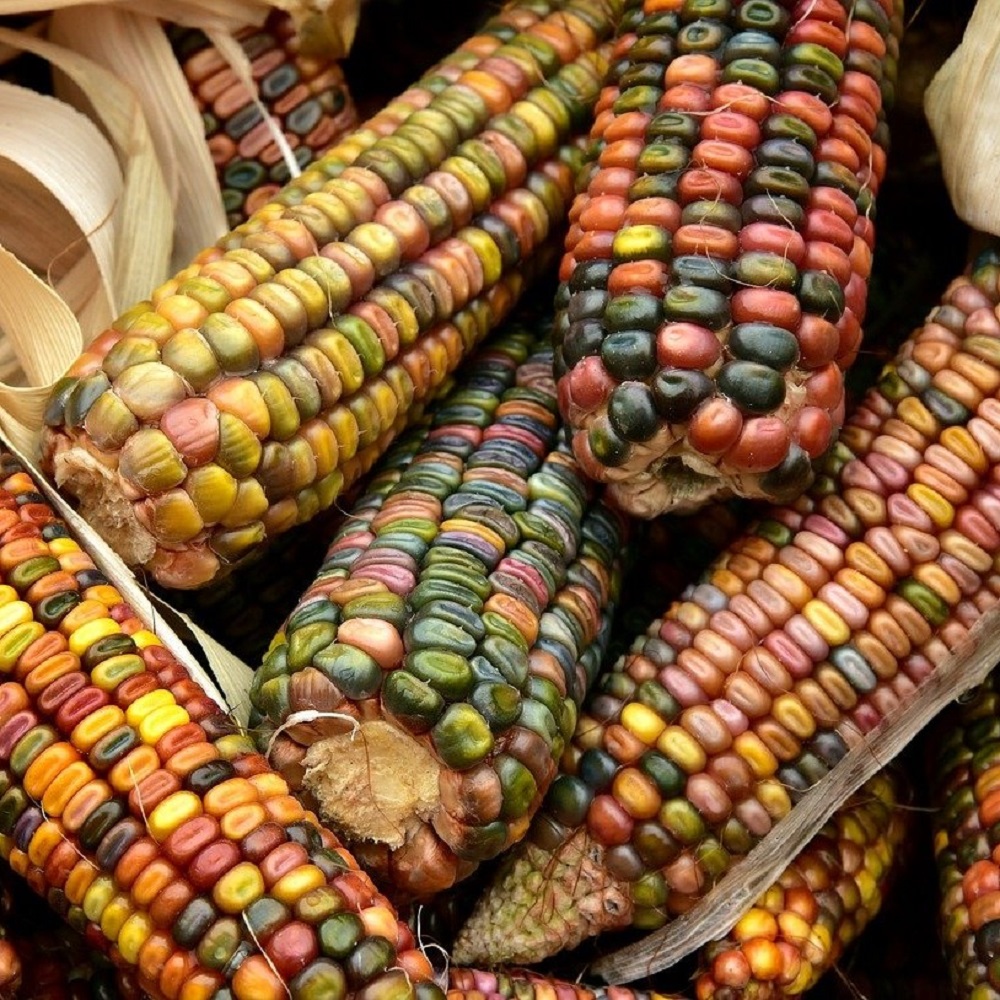
Cultivational control of weeds. An example is weed management on organic rice in Japan based on pre-planting soil management. The land is ploughed and irrigated a month before transplanting rice seedlings in order to bring weed seeds and bulbs to the surface to germinate. After the weeds have germinated the land is ploughed lightly to remove the weeds and bury remaining seeds in the mud.
Biological control of pests. Natural enemy is the term given to any living organism that helps keep pests under control by feeding on them, parasitizing or infecting them. Ladybird beetles that eat aphids (greenfly) are a familiar garden example of a useful predatory natural enemy.

Pest attractants. There are a number of methods of attracting pests away from crop plants, thereby removing or reducing the need for insecticides. These include planting attractive plants at the borders of crops, and use of mechanical devices such as sticky traps, light traps and attractant traps, such as those used for coffee berry borer.
Botanical extracts. A number of plant extracts are used as alternatives to synthetic insecticides; neem is perhaps one of the most well-known. Both leaves and seeds of the neem tree have insecticidal properties, and is said to be effective on over 200 pests.
Agroecology provides multifunctional benefits
- Improved health and nutrition through diverse, nutrient-rich, fresh and culturally appropriate diets, and dramatic reductions in pesticide poisoning
- Improved food and livelihood security by diversifying sources of food and income, spreading labour requirements and production benefits over time.
- Conservation of biodiversity and natural resources and sustaining critical ecosystem services through maintenance of a healthy soil biology rich in organic matter, efficient nutrient cycles, water management that secures a clean and sufficient water supply, habitat and food to support pollinators and other beneficial organisms, and genetic and species diversity
- Increased economic stability and ecological resilience to changing conditions through complex agroecosystems capable of resisting environmental stresses associated with climate change (e.g. extended drought, persistent rainfall, etc.) and economic stresses such as rising costs of inputs or commodity price swings in unstable global markets
- Mitigation of climate change by reducing reliance on fossil fuel-based agricultural inputs, including fertilisers, that contribute to greenhouse gas emissions, while increasing carbon capture through soil carbon sequestration (e.g. integrating trees and deep-rooted perennial plants into the system)
- Increased social resilience and community capacity by fostering farmer-to-farmer knowledge sharing networks, producer cooperatives, and direct producer-consumer relationships based on mutual trust.
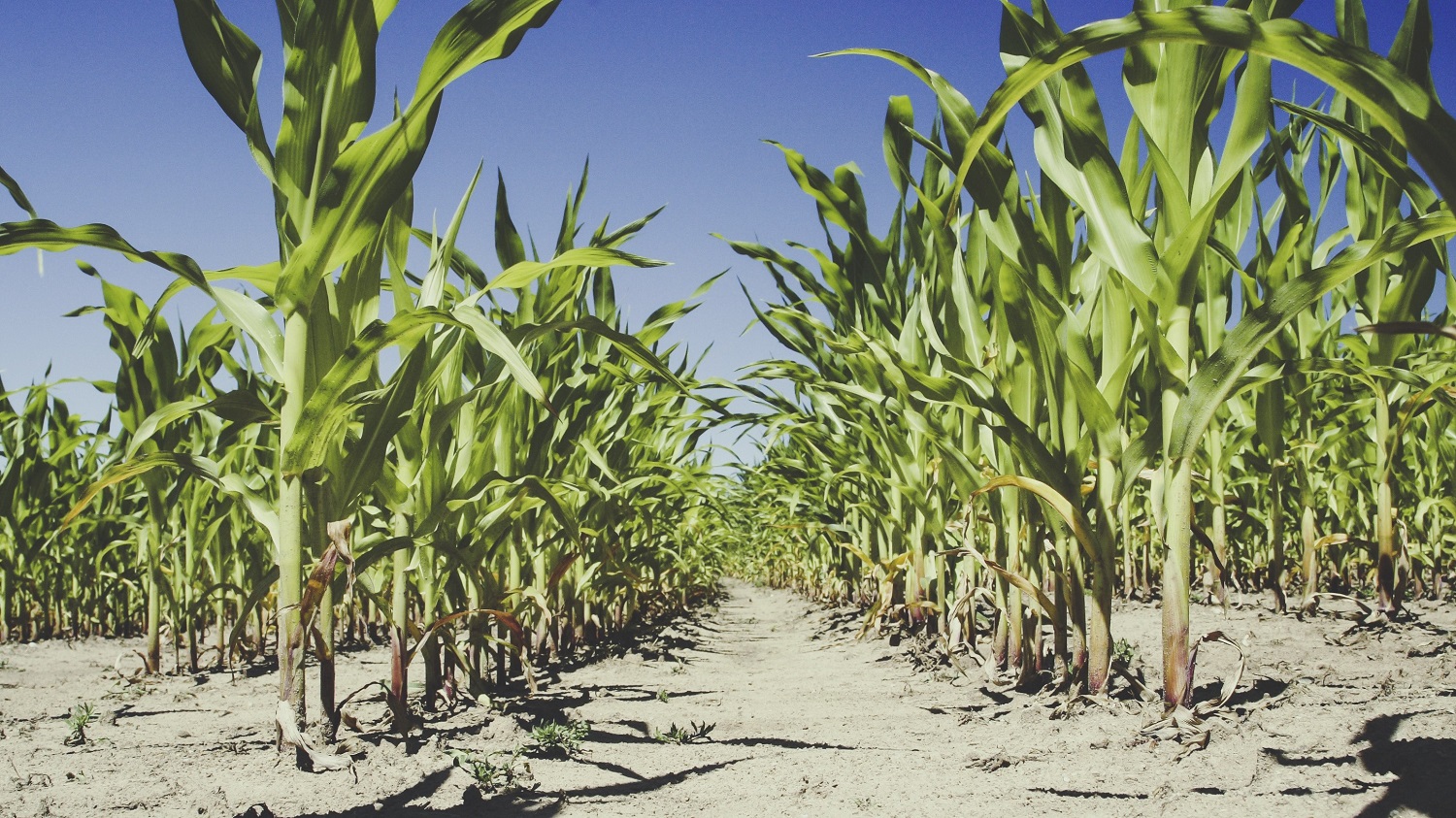
Transitioning towards sustainable agriculture in the 21st century requires a decisive shift of institutional and policy support towards agroecology—made urgent by new evidence that many ecosystems are verging on collapse, the effects of climate change are intensifying, and reliance on HHPs continues to destroy the health, lives and livelihoods of communities around the world.
Policy Recommendations
Necessary policy approaches
- SAICM, FAO, UNEP, UNDP and GEF should increase their engagement for agroecology and promote, take action on and fund the replacement of HHPs and chemical-intensive farming with agroecology.
- Local and national capacity in agroecological research, extension and innovation needs to be built, including encouraging farmer-to-farmer learning and horizontal collaboration among farmers, Indigenous peoples and scientists; and prioritising participatory research and farmer-led innovation in agroecological practices. Agroecology is knowledge-intensive and farmers need better access to practical, discovery learning.
- Small and medium scale farmers and their organizations should be supported.
- Economic policies, financial incentives and market opportunities supporting agroecology should be established and investments in chemical-intensive farming redirected.

